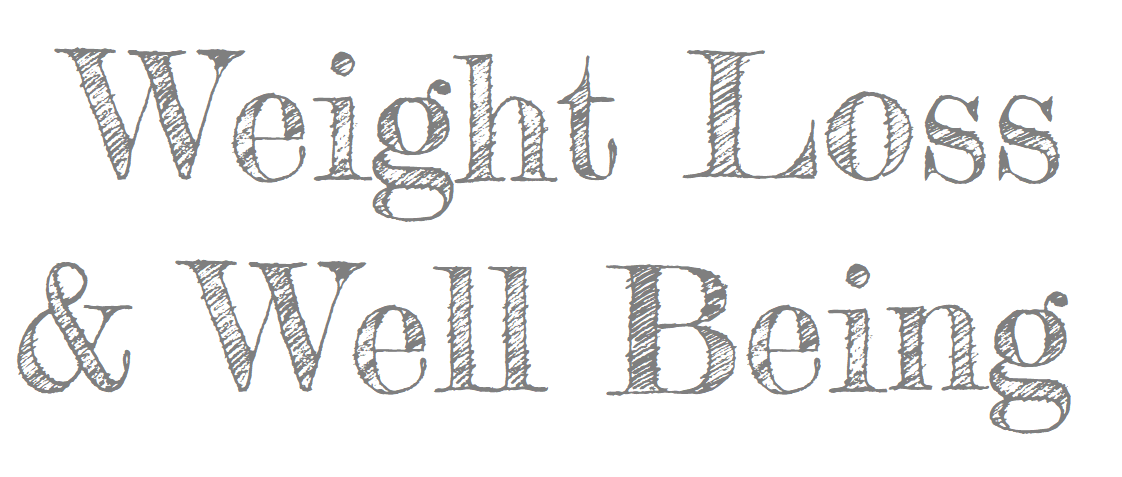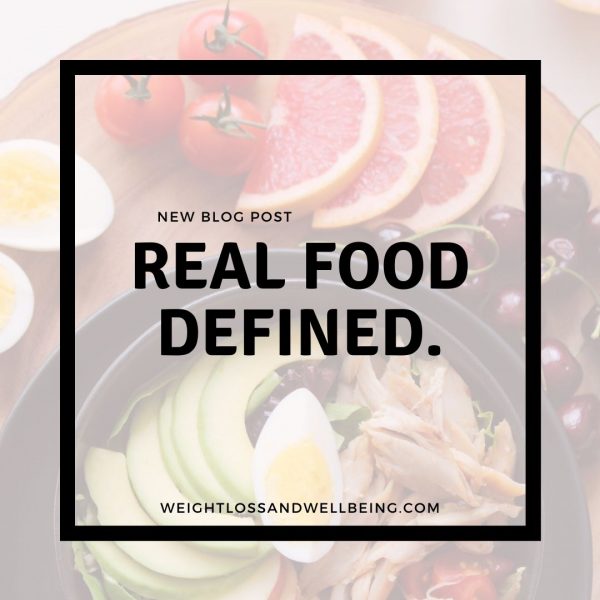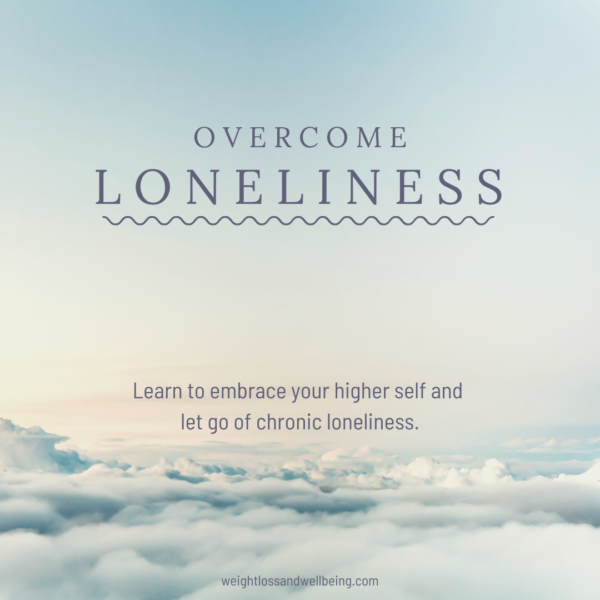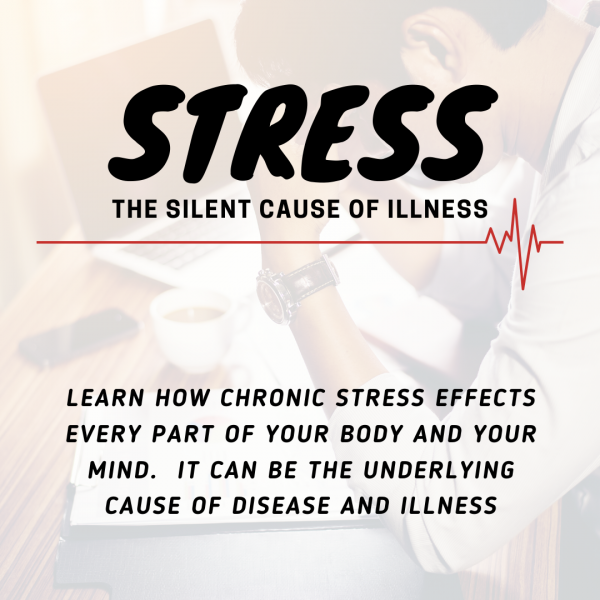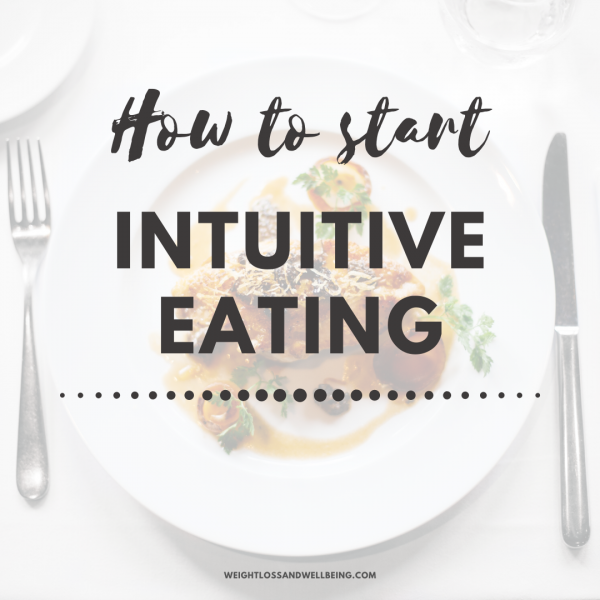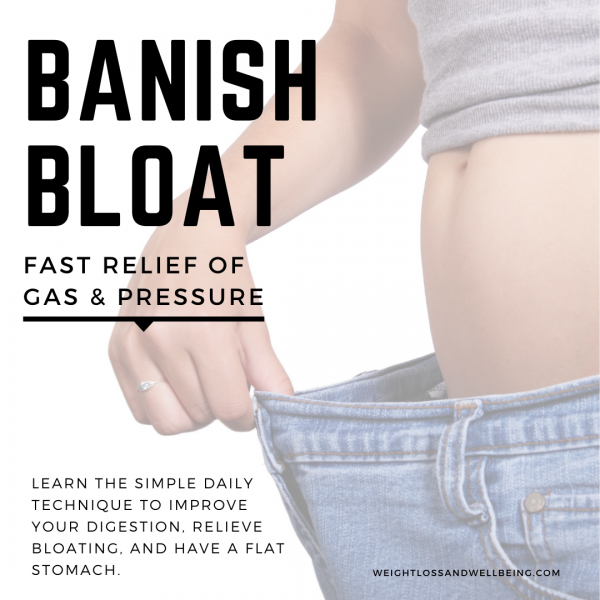Learning the difference between real food and processed food is so important in the treacherous eating landscape that we live in. Things are definitely not always as they seem.
Please note, this post contains Amazon Affiliate links that generate revenue for the site, at no additional cost to you, should you utilize one of the links.
For thousands of years humans have been omnivores. We ate everything we could get our hands on, plants and animals alike. It’s what made us become the advanced species that we are today.
So advanced in fact, that we have created a completely foreign and novel food landscape for ourselves. Companies have created the most tantalizing and delicious foods that we just can’t resist.
But these “fun new” things to eat are full of unnecessary sugar, additives, and artificial chemicals. They have no real nutritional value, and worst of all, deceive our bodies into thinking we need more.
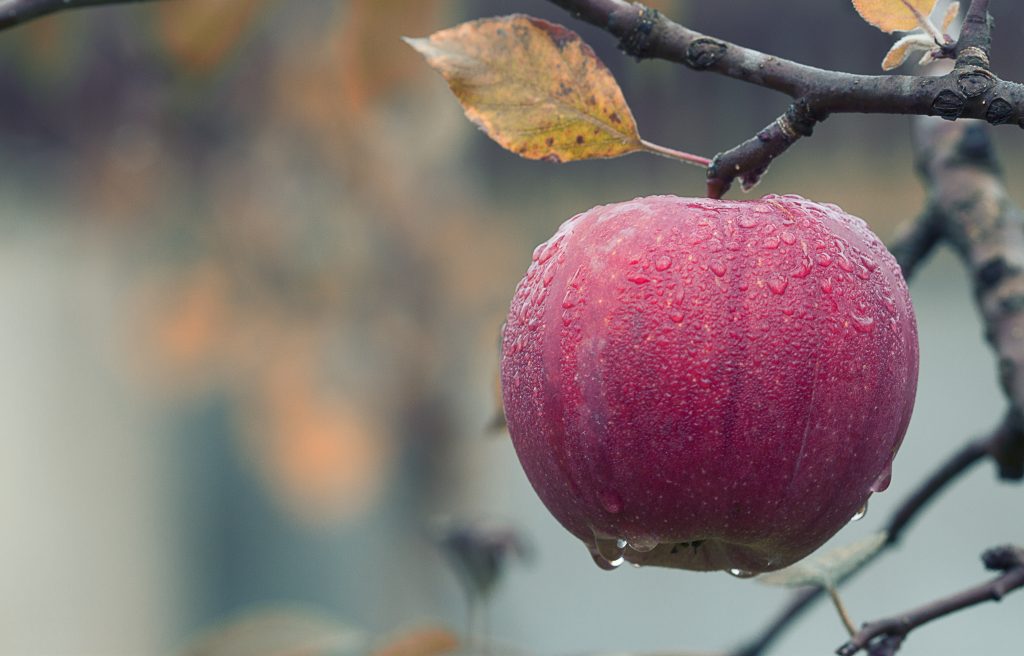
Real Food Defined.
Real food is any minimally processed food made of whole ingredients that have not been stripped or broken down in any way. It usually doesn’t come in a package or wrapper (think fruits and vegetables). Minimally processed also refers to the method with which they are grown (not in a industrial field sprayed with chemicals). Which also includes the process by which they make their way to you (local, not driven thousands of miles).
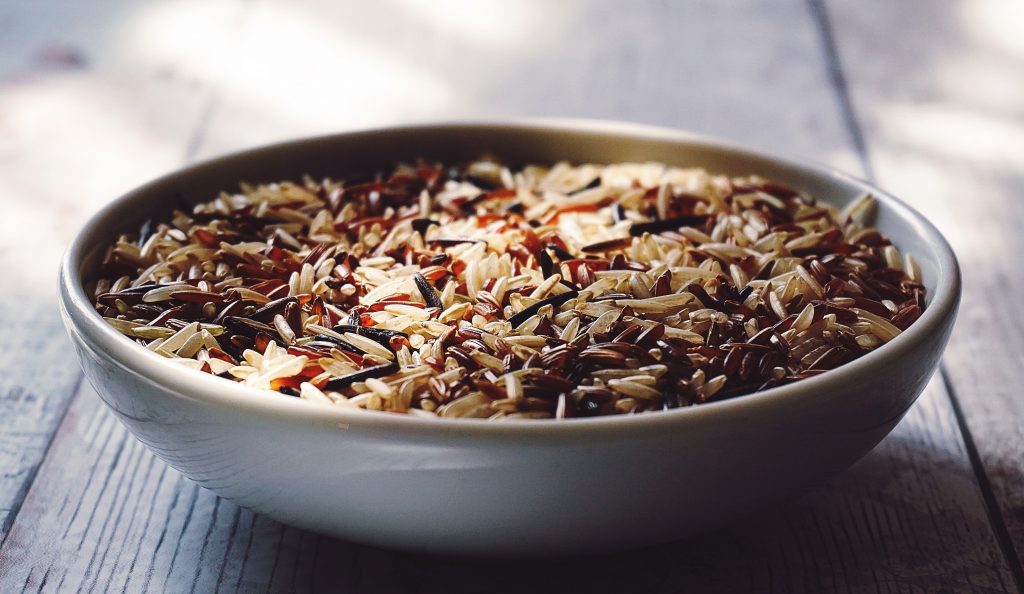
Whole grains are considered real food if they contain all of the essential peices of the grain (bran, germ, and endosperm). This includes foods like brown rice, oatmeal, millet, and quinoa.
Meats should be locally and humanely raised with little to no chemical exposure during the butchering process. The animals should be reared on real, whole foods, and spared the antibiotics and growth hormones.
As a general rule, shop the walls of the supermarket and not the aisles. As Michael Pollan always says, your food should be more a product of nature than a product of man.
Real vs. processed
Americans have seen a massive rise in processed food products. In an effort to increase their bottom lines, food companies have found ways to lower production cost while increasing the quantity of their output. Things like high fructose corn syrup, enzymes, and binders, have become the staples for processed foods.
They are cheap and plentiful. Best of all, there almost never go bad. Americans have been sold on the simplicity and colorful packaging of processed foods.
Processed foods are tailored to push our evolutionary buttons, and some can actually be addictive.
Sticking to foods made of whole ingredients that come from the earth, ensure that your body can recognize and digest what you are eating.
Processed foods are still very new in the evolutionary history of humans. Our bodies are easily fooled by their lack of nutrition and deceptive flavors. Processed foods lie to our bodies and make us think we need more.

Why eat real food.
Overall, real food is always the better option. Eating foods from nature versus science ensures that we don’t need to worry about supplementing our stripped down food. We can be confident that it is nutritious and healthy. There’s no need for a degree in chemistry, to understand all the chemicals and additives in your food.

Personally, I like to know what I’m putting in my body, since it’s the only one a I have. A lot of processed foods have only been tested and researched with short term consumption.
Even relatively old technology like Genetically Modified Organisms (GMOs) don’t have as much research as we’d like. Information not just on how it effects the human body over the long term, but also its effects on our environment and agriculture.
I encourage you to learn more about GMOs and their safety by checking out Non-GMO Project, and deciding if they are good for your family.
But, longitudinal studies are hard and take time. So we really don’t have any hard facts when it comes to long term health and well being for consuming processed foods in excess.
You will never be perfect, and in today’s environment, escaping processed foods is nearly impossible. But learning to cook and make the majority of your own food can ensure that you get at least 80% of your diet from nature.
Where to buy real food.
Shop out of the supermarket as frequently as possible. Places like Farmer’s Markets and local Co-Ops will have plenty of locally grown produce and homemade baked goods.
Finding a local butcher in your own town is also key to ensuring your meats are free of the industrial food chain.
Stores like Trader Joe’s, Whole Foods, Sprout’s, and Baron’s are also good options for larger chain stores. They feature more real food brands that are minimally processed. Always check the ingredients to make sure that they are true whole foods, because not every product there is compliant.

Breads, crackers, and chips, are some of the hardest to find without lots of additives and artificial ingredients. Local bakeries, smaller brands, and even making your own are the easiest ways to get your fix.
